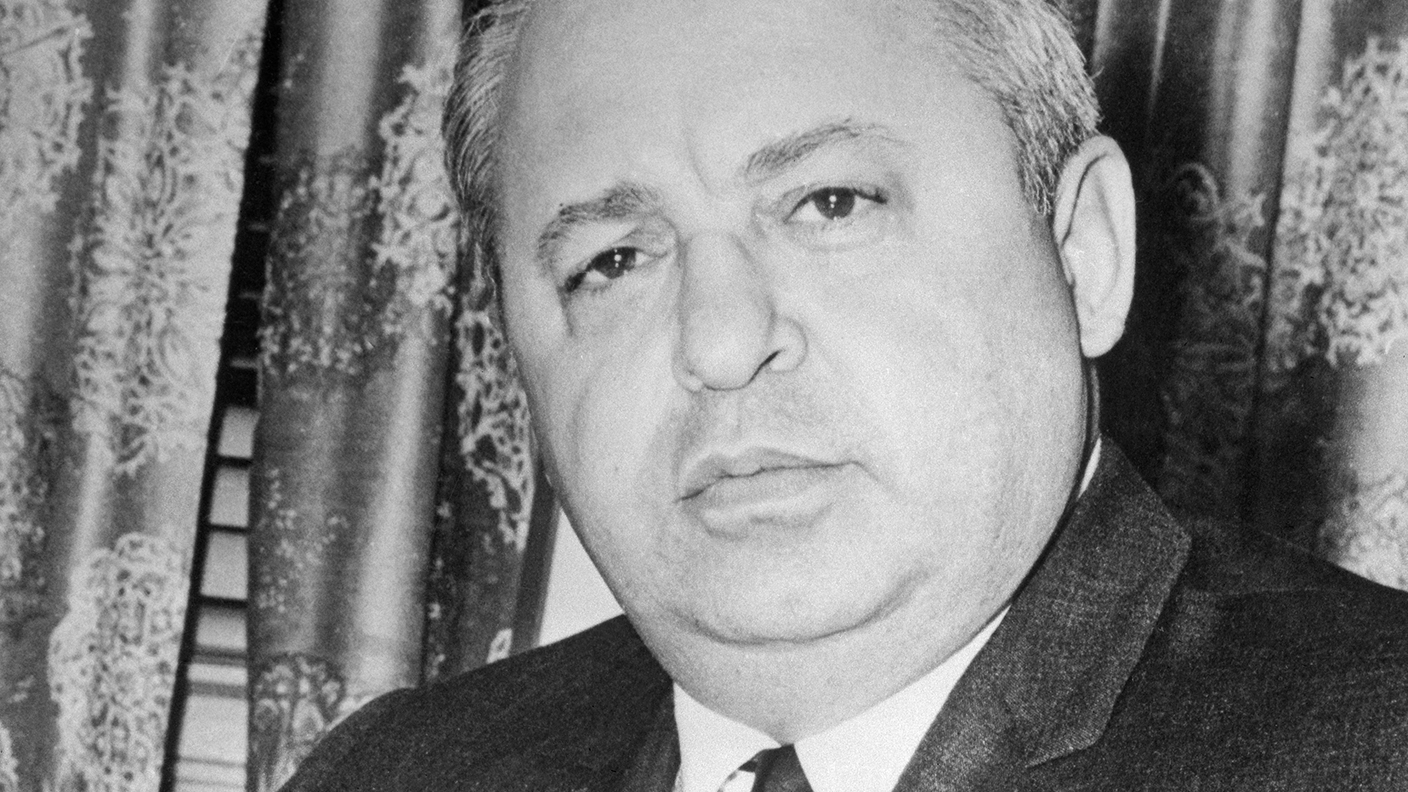Great frauds in history: the original Ponzi scheme
Charles Ponzi perpetrated a fraud so notorious that similar ploys are now known as “Ponzi schemes”. Matthew Partridge looks at what investors can learn from it.


Charles Ponzi was born in Italy in 1882 and emigrated to the US in 1903. For the next 16 years he held various menial jobs, and served time for various crimes, including fraud. In 1919 he set up a businessto exploit the differencein price between international postal coupons by buying them in Europe where they were cheap and redeeming them in the US. He raised money from the public by promising them he would double their money within 90 days (quickly changed to a 50% return in 45 days).
How did the fraud work?
Ponzi quickly realised that, although the arbitrage opportunity was real, delivering the expected returns was a practical impossibility since it would involve buying more coupons than could be transported. Even satisfying the original 18 investors would have required him to buy and exchange 53,000 coupons. Indeed, there is no evidenceof him exchanging any coupons. But rather than wind up the scheme, hedecided to raise more money from new investors, using their subscriptions to pay off the old investors. Initially, this worked well as the original investors spread news of the scheme.
What happened next?
Within months Ponzi was receiving huge amounts of money from across the US. As well as hiring more agents to solicit investors, Ponzi tried to keep the scheme afloat by taking control of a local bank.By the summer of 1920 he was living a luxury lifestyle in a large mansion. Then an article in a local newspaper prompted an investigation and investors demanded their money back.In August Ponzi was declared bankrupt. By November 1920 he was jailed for fraud. He died in poverty in 1949.
MoneyWeek
Subscribe to MoneyWeek today and get your first six magazine issues absolutely FREE

Sign up to Money Morning
Don't miss the latest investment and personal finances news, market analysis, plus money-saving tips with our free twice-daily newsletter
Don't miss the latest investment and personal finances news, market analysis, plus money-saving tips with our free twice-daily newsletter
Lessons for investors
In the end Ponzi's victims ended up getting back only 30% of the value of their initial investments, with millions still unaccounted for to this day. Ponzi's fraud became so notorious that similar ploys are now known as "Ponzi schemes". However, investors should have realised the promised returns were unsustainable, especially at a time when local banks offered only 5% a year. The financial journalist Chris Barron pointed out that, even if legitimate, the original scheme was itself unethical as it essentially involved taking advantage of the American taxpayer, who owned the US Postal Service.
Get the latest financial news, insights and expert analysis from our award-winning MoneyWeek team, to help you understand what really matters when it comes to your finances.

-
 How cancelling unused direct debits could boost your pension by £37,000
How cancelling unused direct debits could boost your pension by £37,000A new year refresh of your spending could save you money and help boost your pension pot.
-
 NS&I cuts interest rates on 8 savings accounts
NS&I cuts interest rates on 8 savings accountsNS&I will now offer less attractive interest rates for customers wishing to lock their savings away to grow for one, two, three or five years.
-
Christopher Columbus Wilson: the spiv who cashed in on new-fangled radios
Profiles Christopher Columbus Wilson gave radios away to drum up business in his United Wireless Telegraph Company. The company went bankrupt and Wilson was convicted of fraud.
-
 Great frauds in history: Philip Arnold’s big diamond hoax
Great frauds in history: Philip Arnold’s big diamond hoaxProfiles Philip Arnold and his cousin John Slack lured investors into their mining company by claiming to have discovered large deposit of diamonds. There were no diamonds.
-
Great frauds in history: John MacGregor’s dodgy loans
Profiles When the Royal British Bank fell on hard times, founder John MacGregor started falsifying the accounts and paying dividends out of capital. The bank finally collapsed with liabilities of £539,131
-
Great frauds in history: the Independent West Middlesex Fire and Life Assurance Company's early Ponzi scheme
Profiles The Independent West Middlesex Fire and Life Assurance Company (IWM) offered annuities and life insurance policies at rates that proved too good to be true – thousands of policyholders who had handed over large sums were left with nothing.
-
 Great frauds in history: Alan Bond’s debt-fuelled empire
Great frauds in history: Alan Bond’s debt-fuelled empireProfiles Alan Bond built an empire that encompassed brewing, mining, television on unsustainable amounts of debt, which led to his downfall and imprisonment.
-
 Great frauds in history: Martin Grass’s debt binge
Great frauds in history: Martin Grass’s debt bingeProfiles AS CEO of pharmacy chain Rite Aid. Martin Grass borrowed heavily to fund a string of acquisitions, then cooked the books to manage the debt, inflating profits by $1.6bn.
-
 Great frauds in history: Tino De Angelis’ salad-oil scam
Great frauds in history: Tino De Angelis’ salad-oil scamProfiles Anthony “Tino” De Angelis decided to corner the market in soybean oil and borrowed large amounts of money secured against the salad oil in his company’s storage tanks. Salad oil that turned out to be water.
-
 Great frauds in history: Gerard Lee Bevan’s dangerous debts
Great frauds in history: Gerard Lee Bevan’s dangerous debtsProfiles Gerard Lee Bevan bankrupted a stockbroker and an insurer, wiping out shareholders and partners alike.